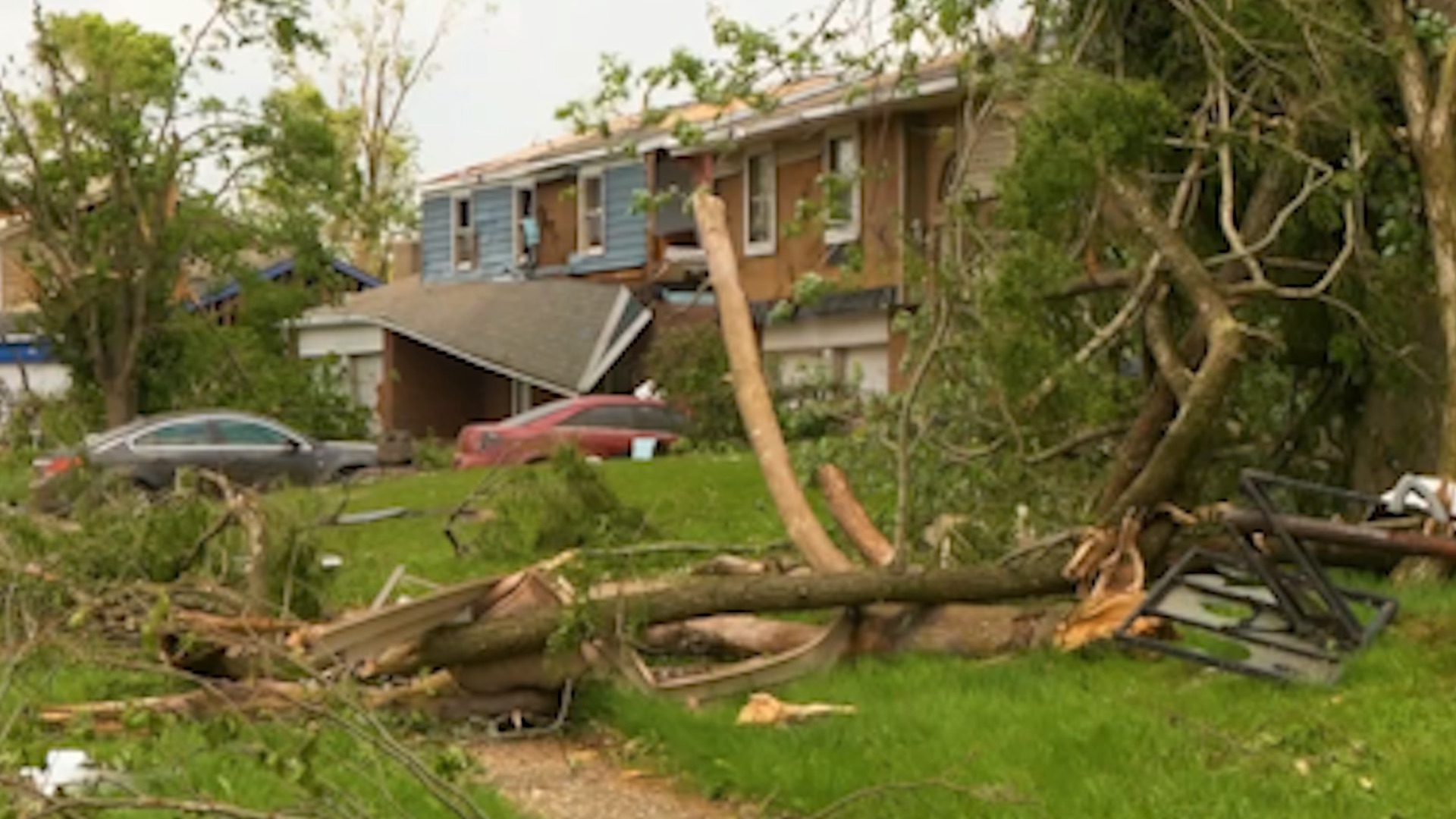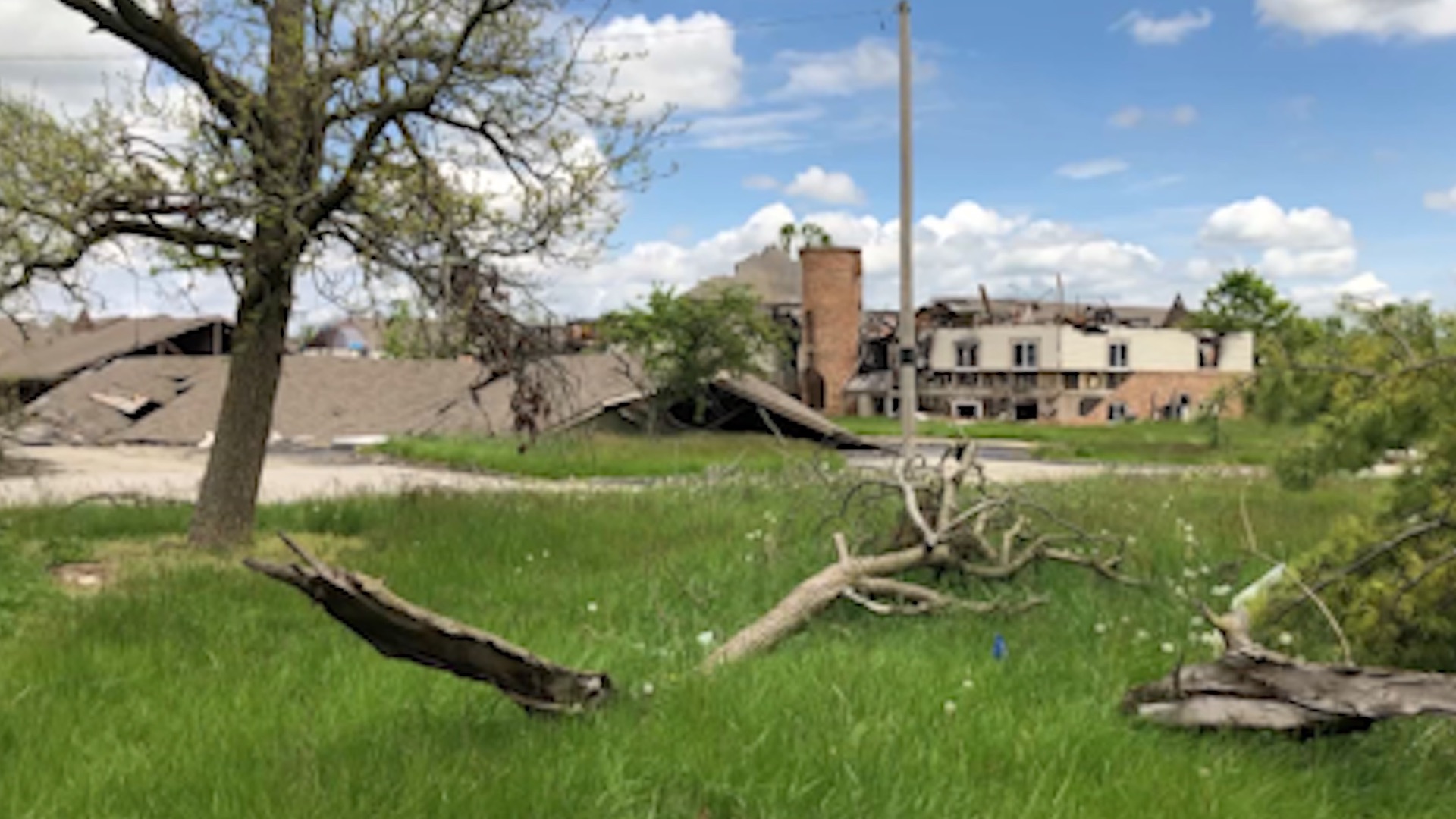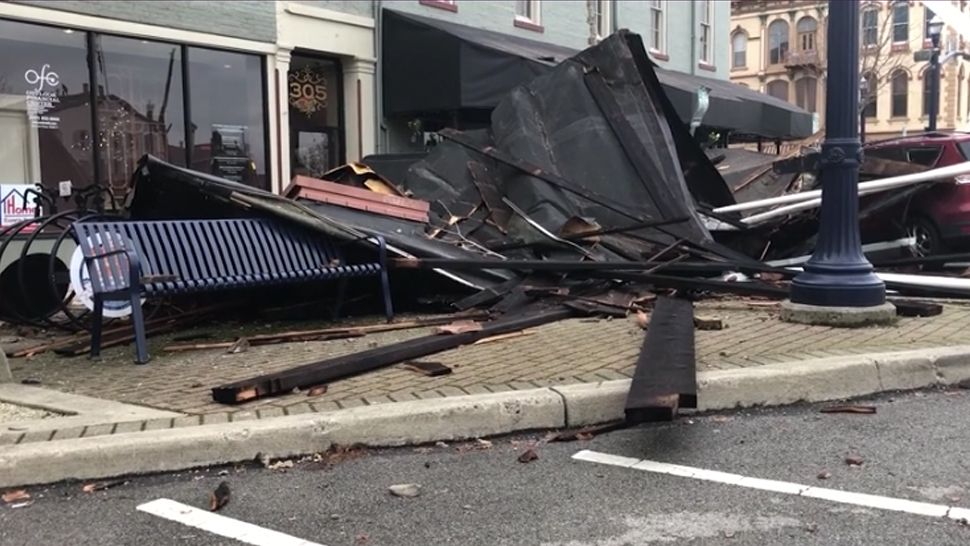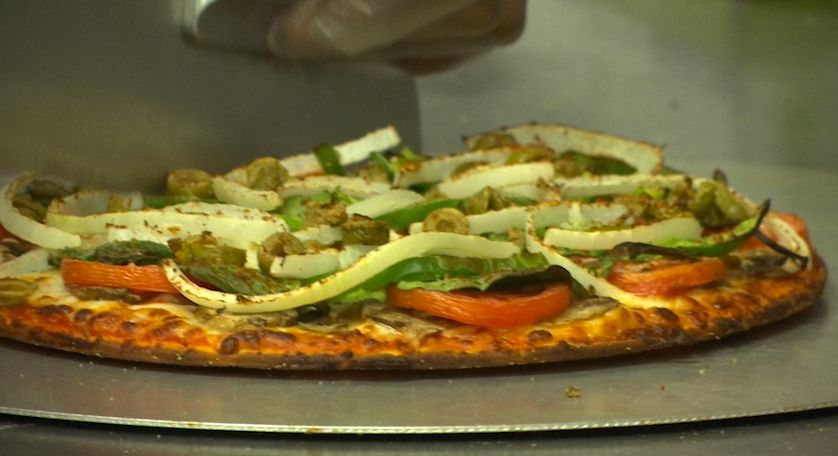Part 1 of a 3-part series.
DAYTON, Ohio — Devastation, destruction and a cloud of doubt were all met head-on by the collaborative efforts of people in the Miami Valley after numerous tornadoes ripped through the area.
What You Need To Know
- Trotwood Mayor Mary McDonald estimates Trotwood is 80 percent recovered from last year's tornadoes
- Dayton Mayor Nan Whaley said great progress has been made, but a lot of work still remains in North Dayton
- Both mayors are proud of the resilience displayed by their citizens
- Tornado recovery assistance is still available, but the deadline to apply is Aug. 1
Trotwood and Old North Dayton were two of the hardest-hit communities.
Trotwood Mayor Mary McDonald recalls the night of the storm.
“Fifteen tornadoes came through the city of Trotwood, they were F-4 tornadoes, that was amazing, in itself,” McDonald said. “There was a lot of damage that was done in our community.”

Homes and businesses were blown apart from the raw power of the tornadoes, with sustained winds estimated at as high as 170 miles per hour.
Dayton Mayor Nan Whaley said there’s still a visible impact from the storm almost a year later.
“You can definitely see how the landscape has changed,” Whaley said. “And then as you drive I-75 North you can see the changes to the landscape there, from the demolition of the hotel to other properties that still need to be removed.”
Efforts of community members directly after the storms led to a quick rebound for their communities. Within a week, a large majority of the immediate debris was removed. But a shortage of contractors led to a delayed response to tear down structures across the region.

Whaley said there’s still a lot of work to be done.
“Last year we did a lot of the easy cleaning, so this is a lot more of the construction and tough work,” Whaley said. “And it’s gotten delayed because of the pandemic.”
She said there are more than 80 houses that still need significant work in Dayton. But assistance is still available through the Miami Valley Long-Term Recovery Operations Group.
“They’re putting a deadline for folks to get in touch with those who need help by August 1st to make sure they can receive the help,” Whaley said. “That’s really really important.”
Laura Mercer is the executive director for the Miami Valley Long-Term Recovery Operations Group, and she says the deadline is extremely important so the recovery efforts can be measured and planned.
“Our suspicion is that we are only seeing a portion of the need out there,” Mercer said. “The reason we think that is because when we go into the neighborhoods to work on houses where people have asked us to engage with them, we see lots of other devastation that’s still there.”
To apply for assistance through the recovery group visit the MV Strong website or call 211.
Mayor McDonald estimates Trotwood is 80 percent recovered from the devastation — with a large part of the remaining damage residing at Woodland Hills Apartments.
“Those are some of the areas where we’re spending our time an attention,” McDonald said. “Dealing with the COVID-19 really kind of put a little damper on the progress we were making in that area and really slowed things down. But I can see the pickup happening again already.”
And now that the weather is warming up and COVID-19 protections are loosening, she hopes the remaining cleanup efforts will speed up.
“Moving forward, our goal is to pick up where we left off,” McDonald said. “Our hope is that we’re able to get contractors, to get back into the community and get back to work.”
Both mayors are proud of how resilient their citizens are and how they strongly displayed unity after disaster.
“We witnessed and see in the tornado that we come together,” Whaley said. “That’s how we move forward and we continued to do that in 2019. And we’ll get through this latest disaster as well. I think the tornado taught us a lot about how we survive, advance and thrive.”









